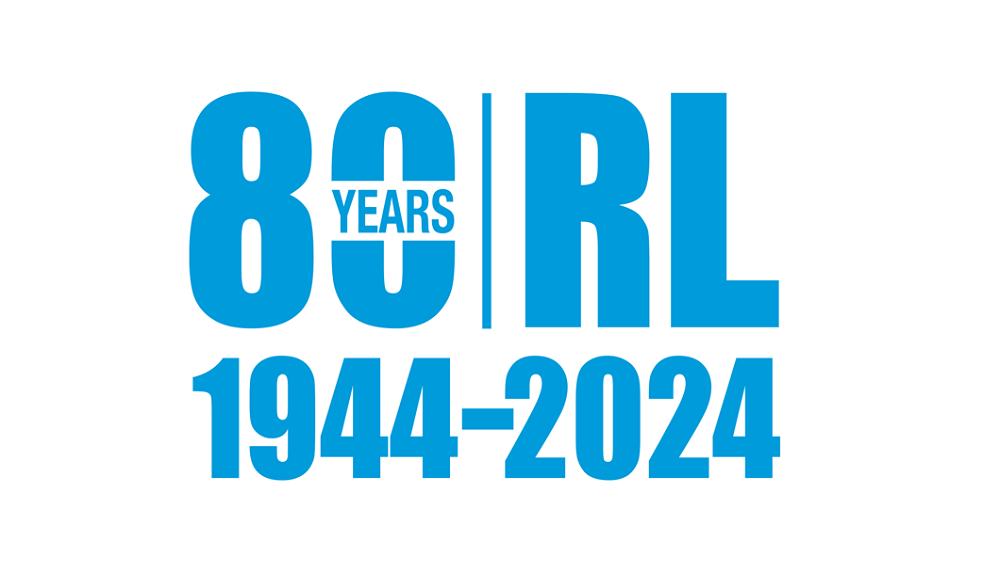‘Low-input’ variety development may need selection-system changes
Tuesday, 11 June 2024
Generating robust information on the performance of varieties of cereals and oilseeds under lower-input conditions and creating market ‘pull’ for more sustainable crops are likely to require changes to the way varieties are selected.
This finding follows the publication of two new scoping reviews that examined varietal responses under reduced fungicides and nitrogen inputs, respectively.
The research highlighted the complexities associated with testing varieties for reduced-input performance.
In addition to the potential costs associated with extra trials, AHDB is highlighting the need for collaboration across the variety-selection pipeline (from breeders to end users) to drive the development and adoption of lower-input varieties.
Kathryn Hales, Recommended Lists (RL) Development Manager, said:
“In the recent RL review, hundreds of people told us how we could improve the variety project over the short, medium and long term. We’ve already changed the way RL data is presented. We commissioned the two desk-based scoping reviews to help us understand how to deliver information on variety performance under lower inputs.”
Currently, most RL trials aim to limit the influence of factors that may hold back genetic potential to assess essential variety characteristics. For example, the fungicide programmes help minimise disease in treated trials and nitrogen is applied to maximise yield (within the constraints of end uses). The RL trials also test the limits of performance in other areas, such as in the fungicide-untreated trial series. The RL review identified a demand for data on the performance of varieties closer to on-farm practice.
The reviews examined the strength of the evidence on the impact of reduced inputs on the relative performance of varieties. They also provided recommendations on how to improve information and identified evidence gaps.
Nitrogen scoping review
For the nitrogen review, the main evidence base covered winter wheat and oilseed rape, with some studies on barley and oats. Information for triticale was limited and absent for linseed and rye.
A key finding was the high level of complexity associated with nitrogen use efficiency (NUE) and its measurement. Evidence of differences on the relative performance of varieties at relatively low nitrogen rates was mixed, with limited reports from UK trials. Although there was some evidence that older varieties and landraces may yield relatively well in low-nitrogen environments, there was little evidence that modern winter wheat and barley varieties differ in their NUE. Encouragingly, some varieties bred in low-input environments elsewhere in Europe could maintain yields at relatively low nitrogen rates. For oilseed rape, there was evidence of differences in NUE between modern varieties.
Despite the lack of conclusive evidence for differences between current cereal varieties, the researchers stated the inclusion of reduced nitrogen trial plots at RL winter wheat trial sites should be considered. Such trials were not recommended for oilseed rape, due to higher levels of complexity, including the influence of weather and pests at establishment.
Fungicide scoping review
For the fungicide review, the main evidence base covered winter wheat, with information lacking for all the other crops studied. The researchers identified shortfalls in understanding about varietal tolerance to disease, as well as the influence of other potentially significant interacting factors, such as nitrogen inputs. The researchers stated that current RL protocols could be adapted to test the performance of varieties under reduced fungicide inputs.
However, it was also concluded that the response of varieties to reduced fungicide inputs could be predicted from yield data (treated and untreated) and disease resistance ratings. A computer model that predicts varietal performance under different fungicide inputs was found to have potential. Such a model could use information from trials conducted on a subset of varieties to estimate the performance of other varieties.
Next steps
Although the scoping reviews suggested that AHDB should consider investing in additional trials, any expansion of the RL’s scope would increase the overall cost of the project.
Paul Gosling, who leads the RL project at AHDB, said:
“If we introduced winter wheat mid-level fungicide trials to locations that have both treated and untreated RL trials, it would cost about £83,000 more per year, at current prices. Factoring in other costs, it could easily add £500,000 to the five-year RL project budget.
“Given that any reduced fungicide programme tested would just provide a ‘mid-point’ reference point and not match those used by most farmers, we need to consider if it would be a good use of resources. Although a cheaper alternative, the computer model is unlikely to be used in the short term, as it would need development and may not provide a fair test of varietal performance.
“In terms of improving NUE, the evidence that breeding in a reduced nitrogen environment can improve NUE is interesting. We are examining whether the RL can stimulate breeders to bring forward varieties with better NUE.”
The RL is only part of the selection pipeline. For example, candidate varieties need to be added to the GB and NI Variety Lists (VL) before data can be released in the RL. The VL trials, which are managed by the Animal & Plant Health Agency (APHA), effectively filter varieties for selection for entry into RL trials.
Further discussions are needed with stakeholders, including APHA, the British Society of Plant Breeders (BSPB) and end users, to explore ways to deliver more sustainable varieties to farmers. However, there is no quick fix. The first hurdle is to define sustainability traits that can be selected for by breeders and reliably measured in trials.
AHDB is also examining how non-RL projects could help farmers select and manage varieties, including through its fungicide performance, Nutrient Management Guide (RB209) and Strategic Cereal Farm activities. The latter could help demonstrate the potential for reduced inputs. AHDB is also exploring how current RL data can work harder for farmers.
Access the scoping reviews
The scoping reviews can be accessed via: ahdb.org.uk/rl-review or via the links below.
Impact of fungicide programmes on the performance of cereals and oilseeds varieties (Research Review 99) was led by ADAS and cost AHDB £23,820.
Impact of nutrient scenarios on the performance of cereals and oilseeds varieties (Research Review 100) was led by ADAS and NIAB and cost AHDB £53,277.
RL changes afoot?
The scoping reviews into reducing inputs in RL trials have left AHDB with tricky decisions. CPM explores the options available in the July 2024 edition of the magazine.
 AHDB
AHDB


Topics:
Sectors:
Tags:


